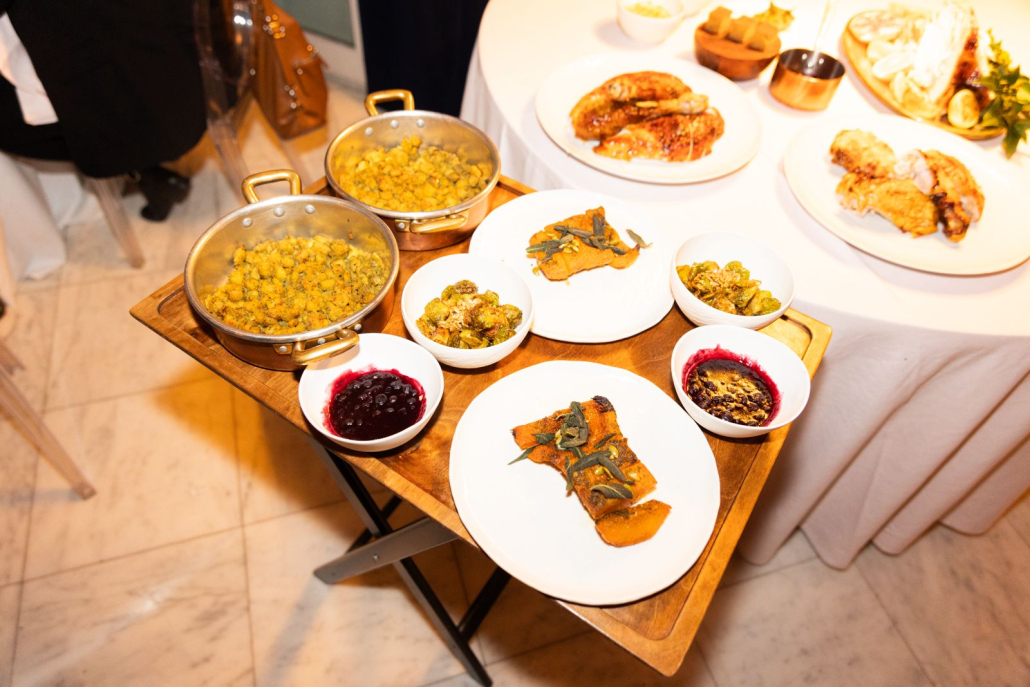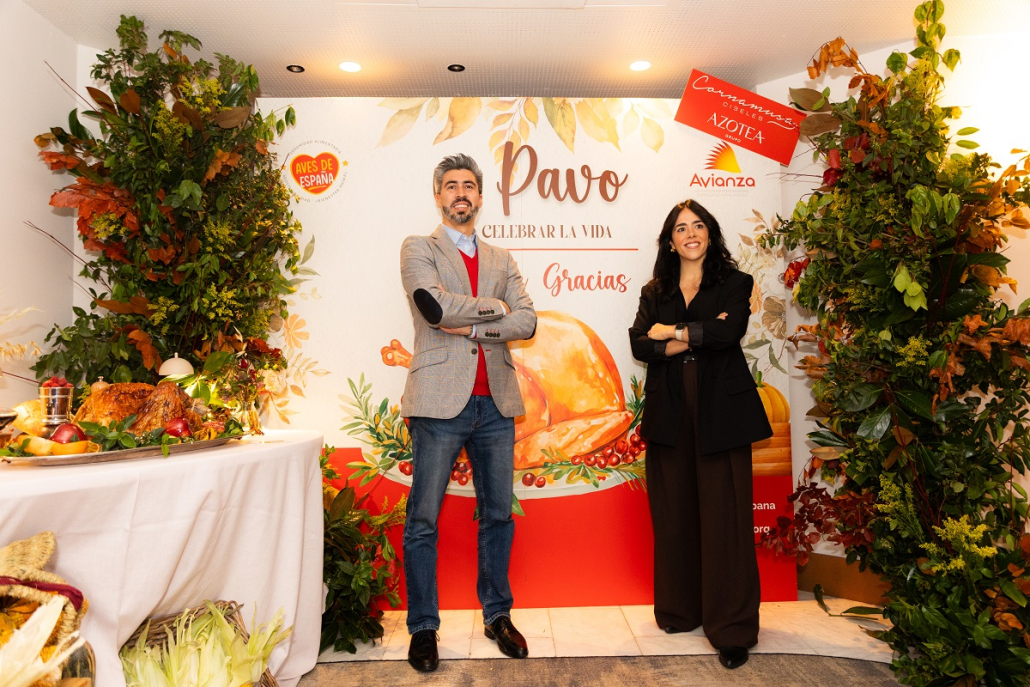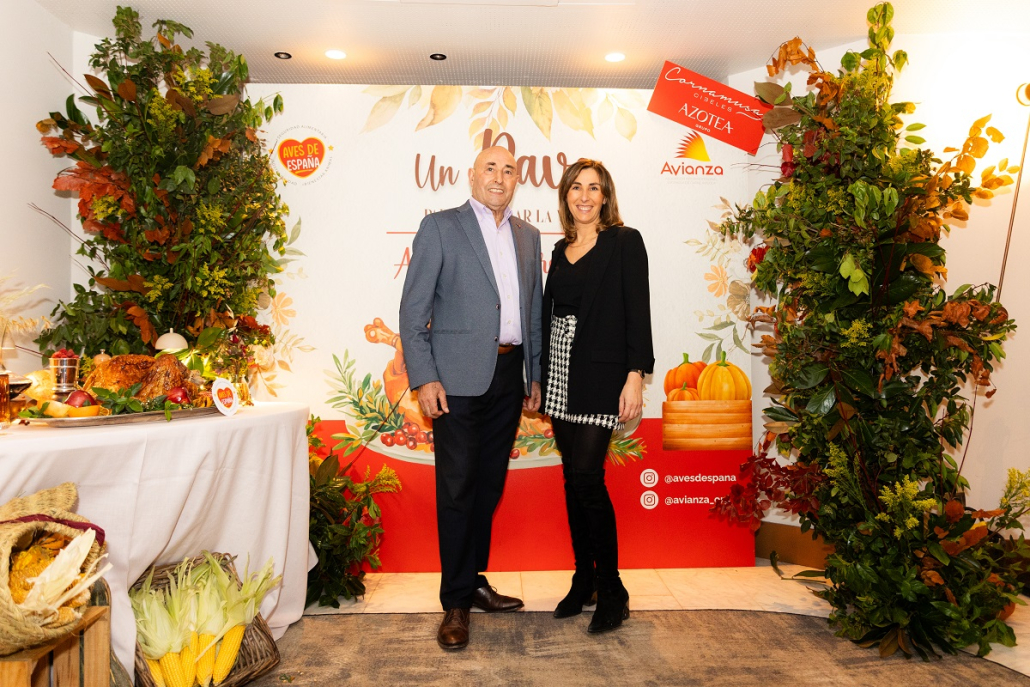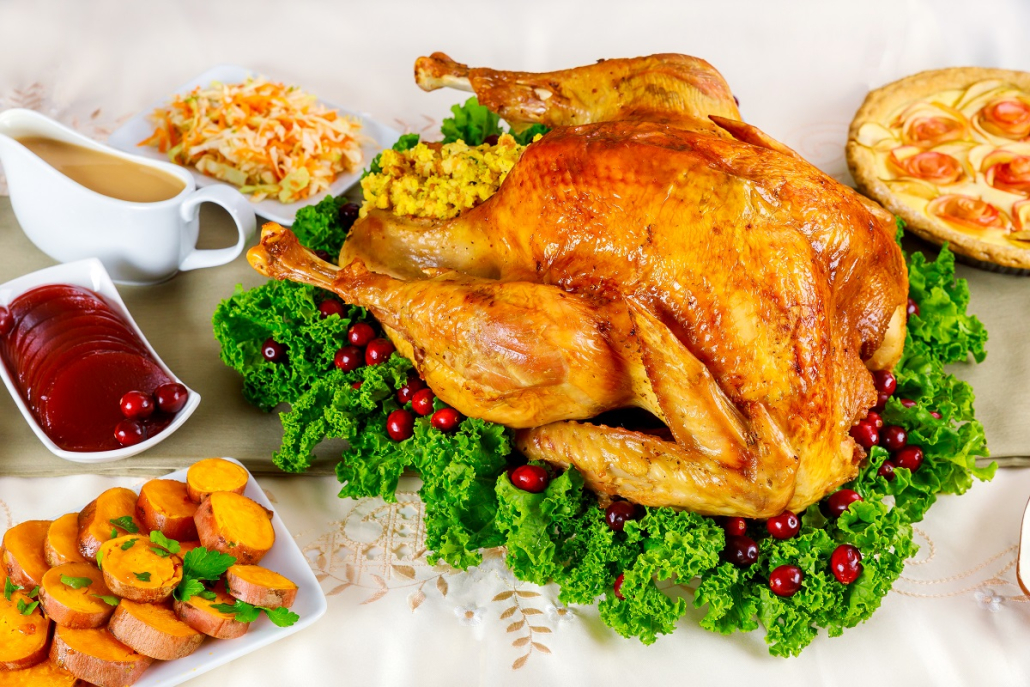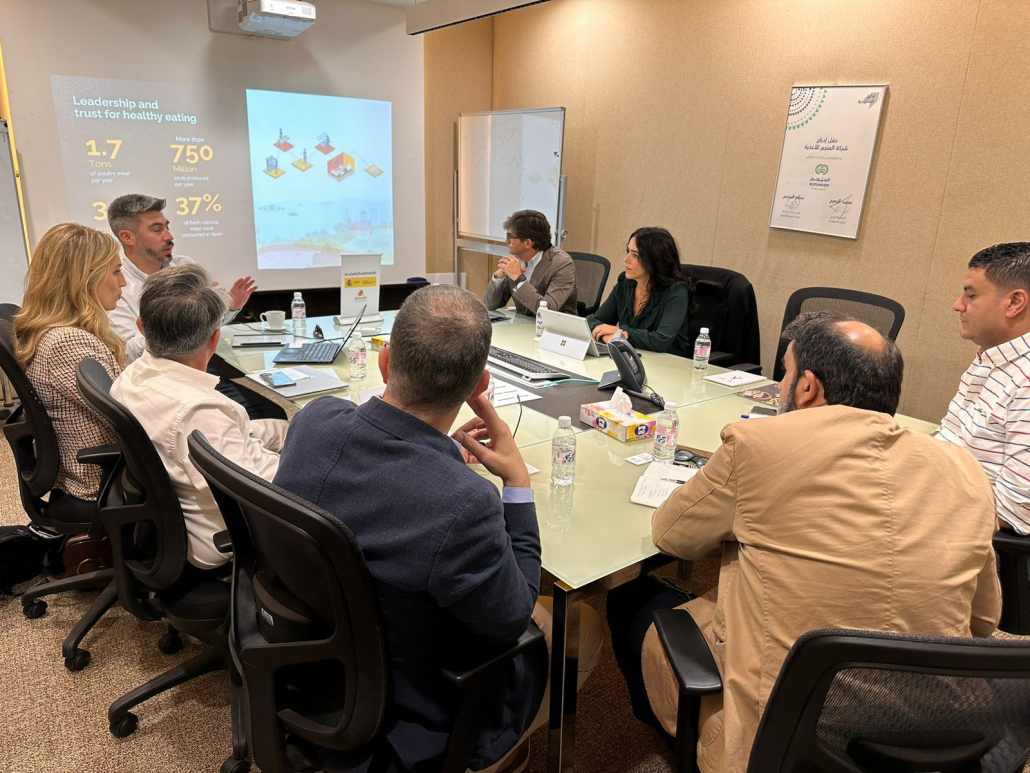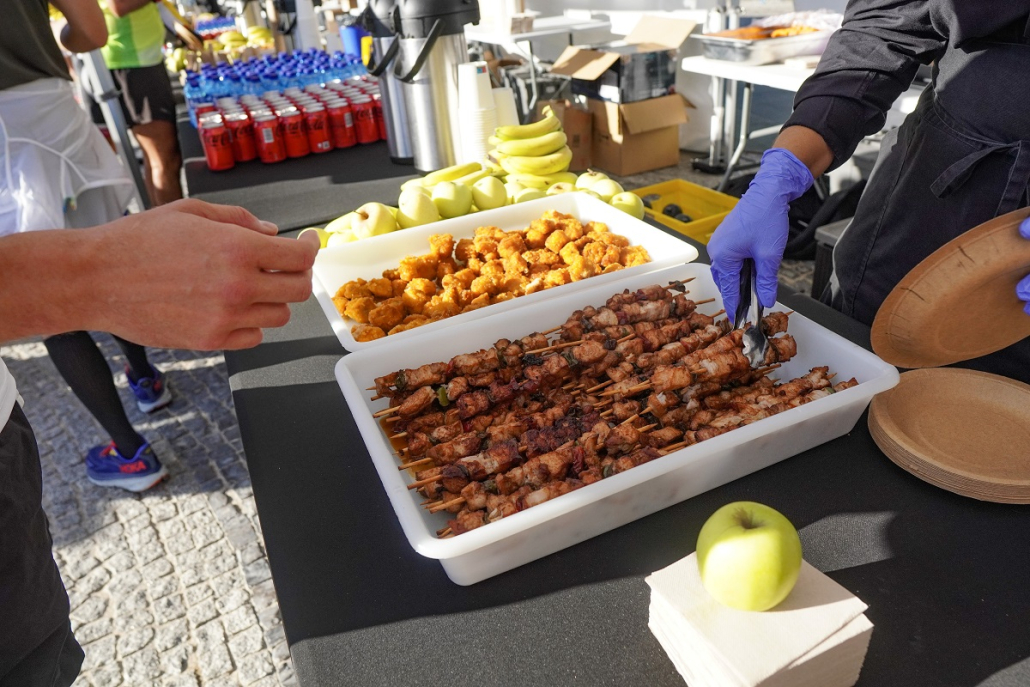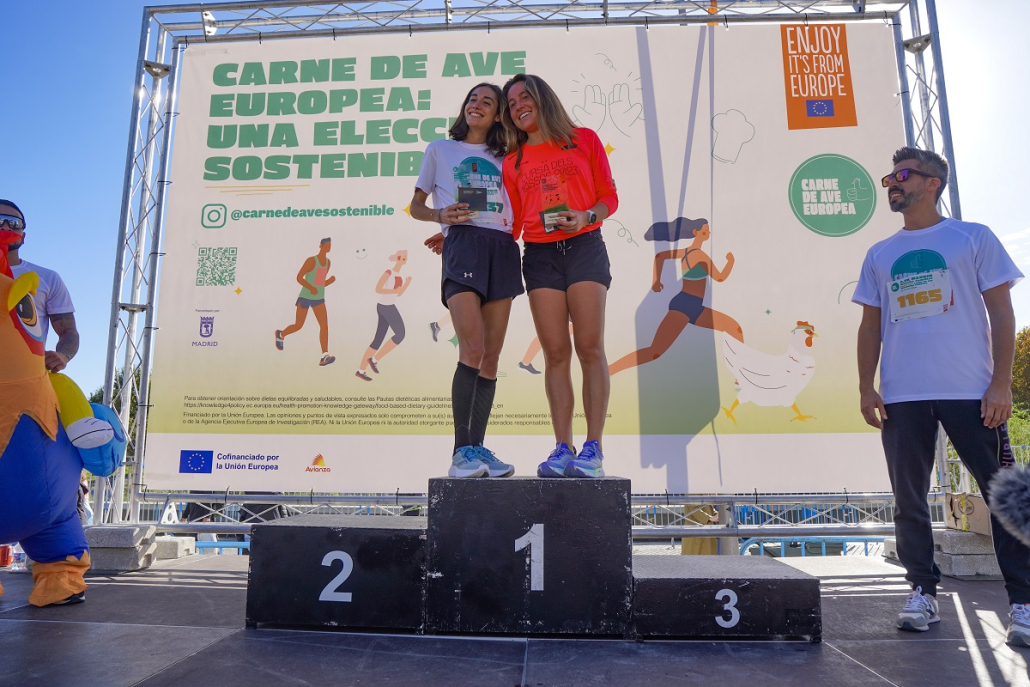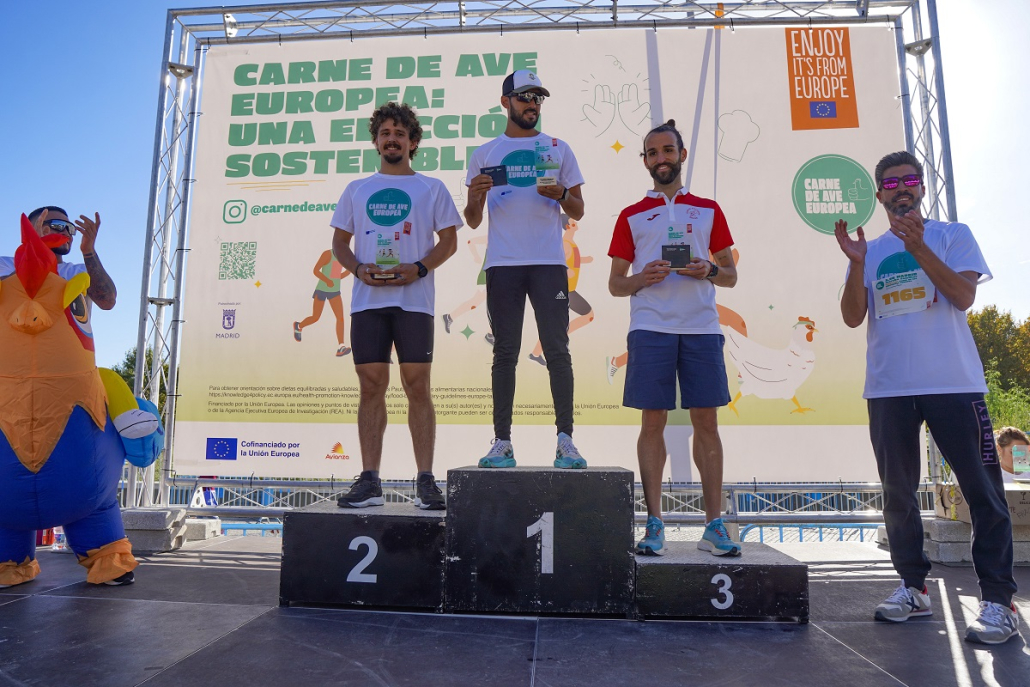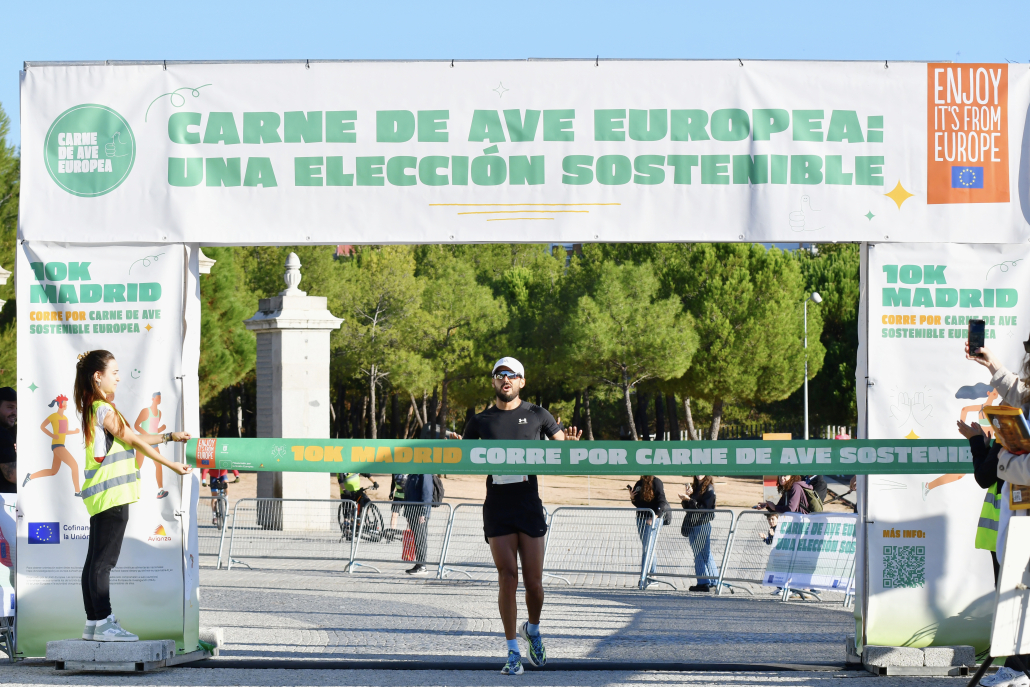- The initiative works on a comprehensive solution to control and prevent the transmission of diseases, optimize logistics and production processes and reduce environmental impact.l.
- The BIOTEGANIA project was created to address the challenges and limitations of the agri-food sector through new technologies.
- Funded by the CDTI and the State Research Agency of the Ministry of Science, Innovation and Universities of the Government of Spain, it has a consortium made up of seven companies and six research centers.
Livestock farming is a key activity to ensure that people have adequate access to the protein necessary to meet their nutritional needs. The pig and poultry sectors represent nearly 11% of Spanish GDP and employ more than 700,000 people.
Despite its importance, this sector faces multiple challenges and limitations such as the control of greenhouse gas emissions, nitrates and phosphorus, the need to restrict the use of antibiotics or the improvement of animal welfare. These are challenges that must inevitably be faced in order to achieve its goals. ensure the sustainability of production in an ethical and responsible manner.
To achieve this, it is essential to improve the overall health of animals and develop new technologies, methods and practices that make the sector more efficient, competitive and environmentally friendly, and which also takes into account the entire livestock value chain.
In this context, the BIOTEGANIA project was born, funded by the CDTI and the State Research Agency of the Ministry of Science, Innovation and Universities of the Government of Spain.
The initiative aims to develop a system that integrates different biotechnological, digital and artificial intelligence tools for the detection, prevention, control and treatment of emerging communicable diseases and for the optimization of logistics and production processes in the agri-food sector. In this way, through sensors and advanced diagnostics, the application of biosecurity and biocontainment, and phage therapy, the aim is to offer the food value chain a comprehensive solution, promoting significant environmental, social and economic benefits that will improve the competitiveness of livestock farming.
Social impact
The project will respond to two problems of great importance to society, such as: protection, welfare and sustainability of farm animals, and the safety of the food we consume.
On the one hand, it will contribute to improving animal health and welfare by reducing non-communicable diseases. At the same time, environmental issues will be addressed, promoting the ecological transition by reducing the impact of waste and the water and CO footprint.2 in livestock production.
Likewise, the initiative will help improve the quality and safety of the food we consume, reducing the potential transmission of zoonotic pathogens and antimicrobial resistance through the consumption of contaminated food, which will help ensure food safety and protect consumer health.
This research and knowledge transfer project involves the collaboration between seven companies and six research centres. In the business field they participate Quartet SL of Jorge Group; Sanchez Romero Carvajal Jabugo SAU of the Osborne Group; Cobb Española SA of Cobb Group Europe; White AVICOLA SL from Grupo Oblanca; Vital Professional Services SERPROVIT SL; Animal Data Analytics ADA SL; and Exopol SLU. On the other hand, in the scientific-technological field it has the participation of the technological center AZTI (Basque Country), the Poultry Quality and Animal Feed Center of the Valencian Community (CECAV), the Autonomous University of Barcelona (UAB), the Cardenal Herrera University (UCH-CEU), the Complutense University of Madrid (UCM) and the Polytechnic University of Valencia ((UPV). In addition, the project is supported by ANPROGAPOR (National Association of Pig Producers) and AVIANZA (Interprofessional Association of Poultry Meat), which will promote the dissemination of the project's progress in both sectors and enhance the continuity of the project and the exploitation of its results.
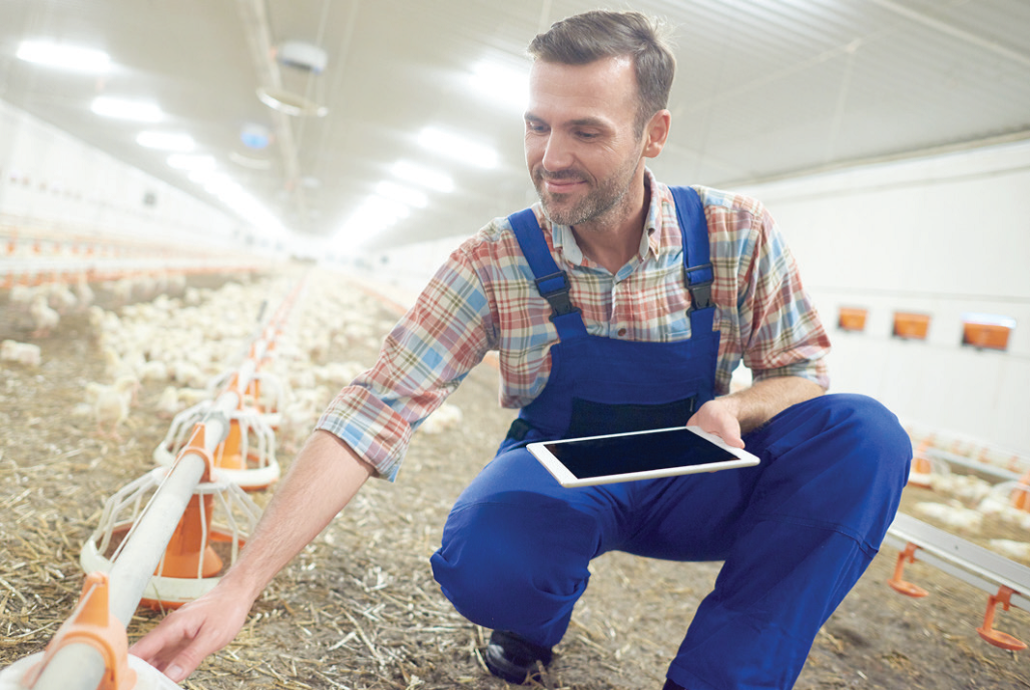
Image resource from Avianza.





